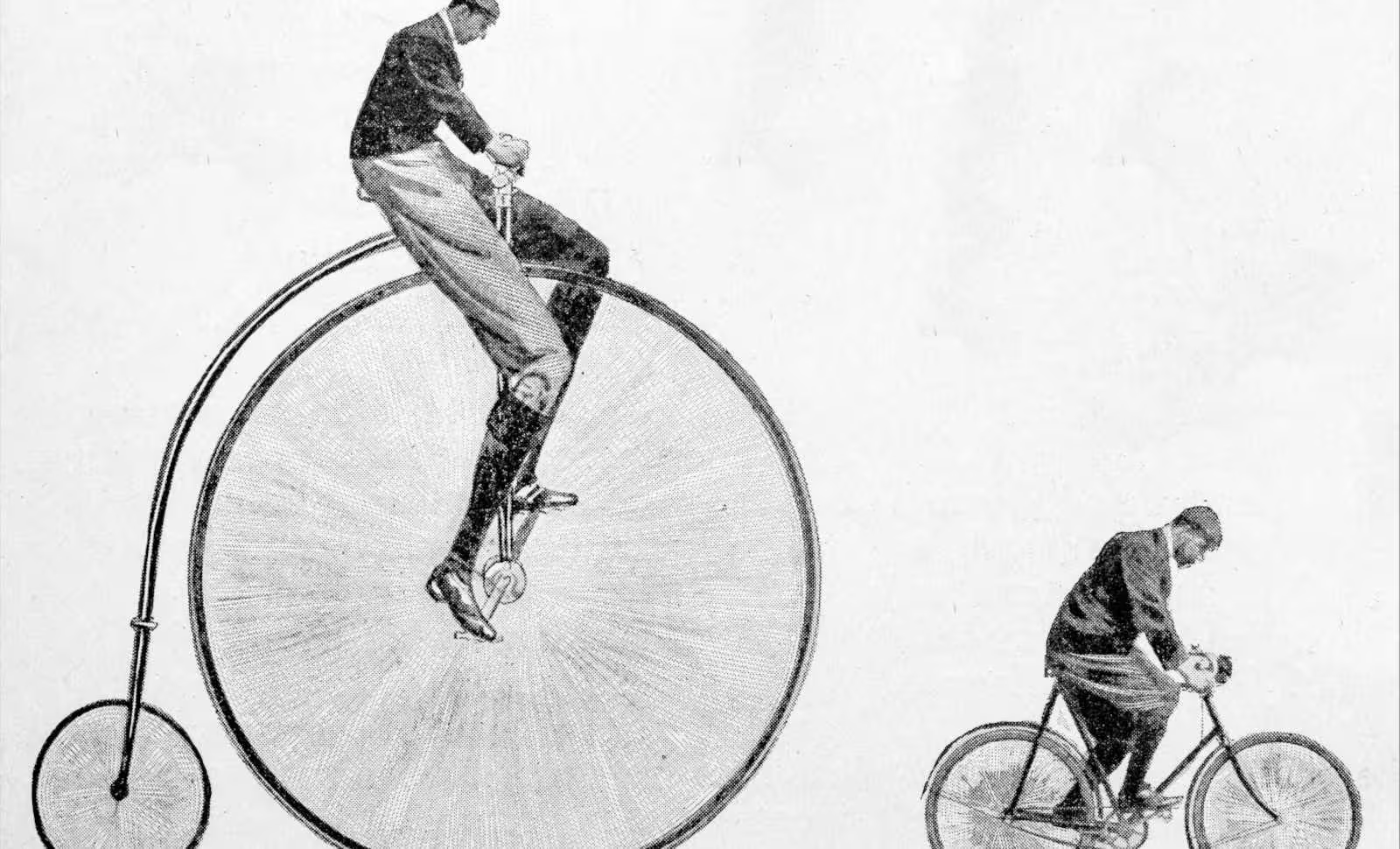As the debate about bike lanes heats up, it’s important to remember other issues affecting cyclists. There are more and more people riding in cities across Canada, yet some of the rules are the same. Here are six things that can be updated to reflect a more modern view of cycling in urban environments.
1. Outdated speed limits
In many cities, speed limits for cycling are simply too low to be realistic and not based on logic. Whether it’s 20 km/h–or even 10 km/h–that sort of speed means that depending on the terrain, cyclists may need to be pressing their brakes the whole time. The speed limit is 30 km/h as it is in Stanley Park in British Columbia, which is pretty slow if someone is riding a modern road bike.
National team cyclist ticketed twice in High Park during snowstorm
“Speed–what speed limits for cyclists tell me most is that there are conflicts with pedestrians. Instead of posting arbitrary speed limits we need to reduce conflicts. And that means expanding walking, running and cycling infrastructure to ensure space sufficient for exercise or transportation,” David Shellnutt, a.k.a. The Biking Lawyer says. “A speed sign also doesn’t make a ton of sense for the thousands of people who don’t have bike computers to monitor their speed. It’s infrastructure changes and expansion that we need. Not arbitrary speed limits.”
2. Riding through pedestrian signals
In some provinces, cyclists are not allowed to ride through the light when the pedestrian signal flashes. Police have even been known to ticket cyclists who do so. In 2018, New York piloted a program allowing cyclists to follow the Pedestrian Head Start Signals. The reasoning provided by the NYC Department of Transportation was that its studies discovered that 65 per cent of cyclist fatalities and 89 per cent of cyclists killed or seriously injured in vehicle crashes were struck at intersections. Quebec, for example, change the rule in 2019, allowing cyclists to cross intersections on the pedestrian walk signal rather than to wait for traffic signals to turn green. “This change was designed with the intent to make cyclists more visible to cars as a way to ensure cyclist safety,” Shellnutt says.
3. Make the Idaho stop legal
The Idaho Stop–which allows cyclists to roll through stop signs, as long as it is safe to do so. It is something many cycling advocates push for. Studies have shown that that yielding to managing the intersection by cyclists is often safer…
Click Here to Read the Full Original Article at Canadian Cycling Magazine…

